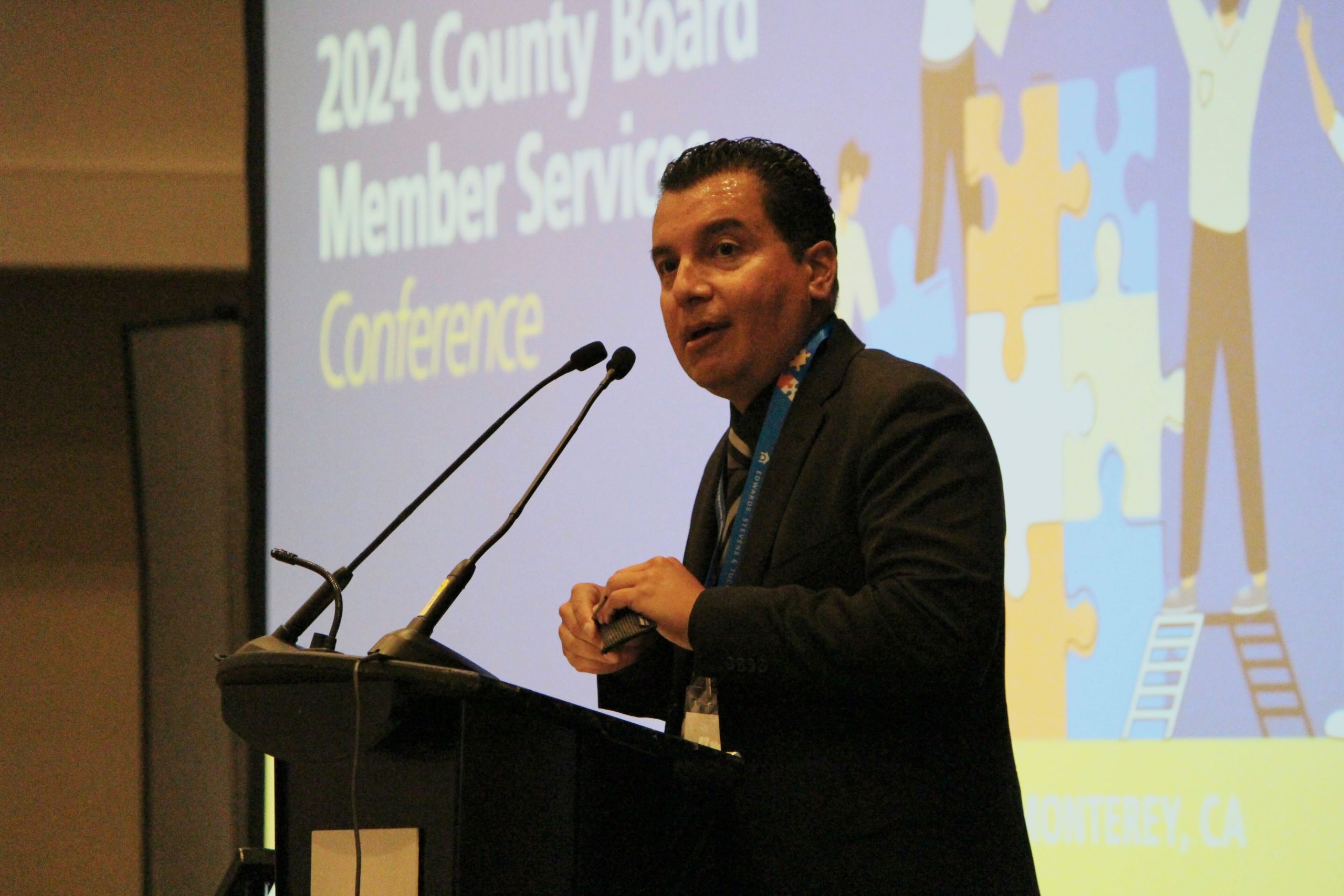By CSBA President Dr. Emma Turner
One of the greatest responsibilities of school district and county office of education board members is to support the achievement of all students by providing them with the educational opportunities that will promote student success. This work begins by developing a vision and goals that support the particular needs of your district. Aligning resources to those goals is the next step, and one that should be informed by examining data in your district — from test scores to wellness surveys, there is a wealth of data available to boards today. Top of mind for every board should be making equity-driven decisions that take into account opportunity gaps that often begin before students even enter the public school system. Often, students of color and low-income students have more limited access to opportunities that can ensure they graduate from high school ready for college, career and life success.
In my district, La Mesa-Spring Valley School District, we have adopted an equity policy that drives our decisions with the aim of providing all students with equitable access to district programs, support services and opportunities for success; promoting equity and inclusion through a positive school climate, focusing on student engagement and safety; and promoting the employment and retention of a diverse staff that reflects the student demographics of the community, just to name a few of our goals. The policy also states that we will continuously monitor through data the impact of district policies and decisions on all student groups.
I am proud that CSBA has recently adopted an Equity Statement that not only recognizes the wide range of assets, abilities and backgrounds that students bring to their educational experience, but also “requires school leaders to address practices, policies and barriers that perpetuate inequities which lead to opportunity and achievement gaps.”
We find ample evidence of these gaps in access and opportunity in the area of reading proficiency. Research shows that reading proficiently by third grade is the most important predictor of high school graduation and career success. And yet, California’s underserved student groups continue to struggle with reading by the time they are in fourth grade. While modest progress has been made in the last 15 years, National Assessment of Educational Progress test results show that Latino, African American, low-income, English learner students and students with disabilities continue to face persistent and significant achievement gaps in reading across all grade levels.
California students perform dismally in the area of reading proficiency — ranking 41st nationally out of 50 states and the District of Columbia — and Hispanic, low-income and African American students are even further behind. In 2017, fourth-grade test results showed 20 percent of Hispanic and 16 percent of African American students tested proficient in reading compared to 47 percent of white and 59 percent of Asian/Pacific Islander students. Just 18 percent of low-income students tested proficient in reading compared to 52 percent of their wealthier peers. These gaps are unacceptable and extra supports must be provided to these students so they can graduate ready for success in college, career and civic life.
By leading with an equity mindset, board members can set the tone and direction in their districts and counties, helping to close gaps in access and opportunity, and ensure success for all students.





